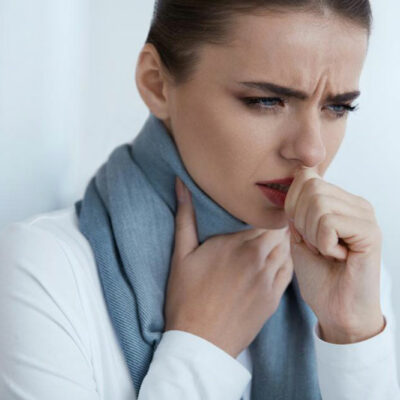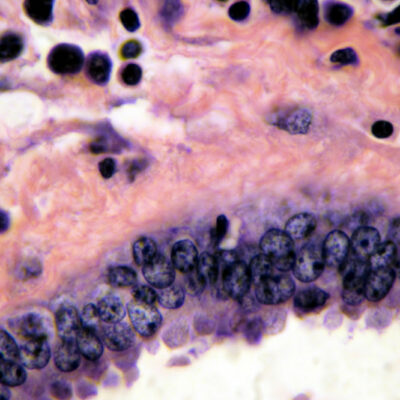
health
Common Treatment Methods for Prostate Cancer
The prostate is a small gland that is present in men. It is located at the base of the penis and makes seminal fluid, which produces semen. The prostate becomes enlarged with age. Sometimes it gets so big that it blocks the urethra. Prostate cancer starts when the cells in the prostate multiply exponentially and become a tumor. This tumor can be benign, which means that it cannot spread or it could be malignant, where it could grow and spread to other areas in the body. However, compared to most other cancers, prostate cancer does not grow as quickly. A doctor decides on the treatment methods for prostate cancer based on how it is growing. Observation or Active Surveillance Since prostate cancer grows slowly, it is recommended to waitt and measure their growth. In very slow-growing prostate cancers, the removal of cancer could cause more issues than the prostate cancer itself. This approach is the most common treatment method for prostate cancer in low and very low-risk prostate cancers. Surgery Surgery to treat prostate cancers includes the removal of the prostate as well as the lymph glands around it. The different types of prostate cancer removal surgeries are radical (open) prostatectomy, robotic or laparoscopic prostatectomy, bilateral orchiectomy, and the transurethral resection of the prostate (TURP).
Read More 















